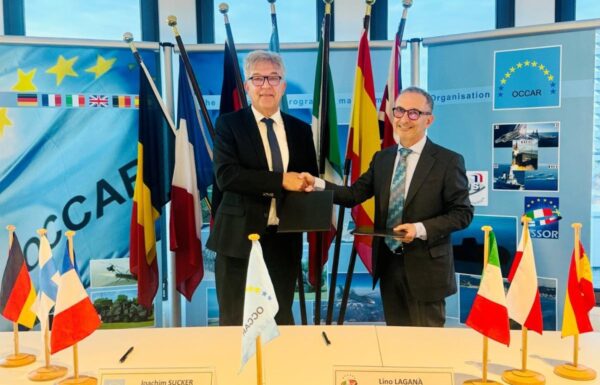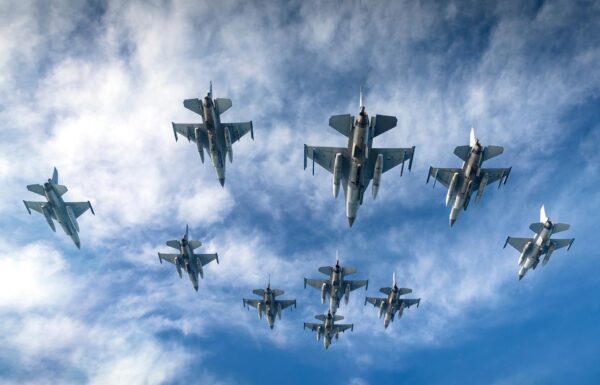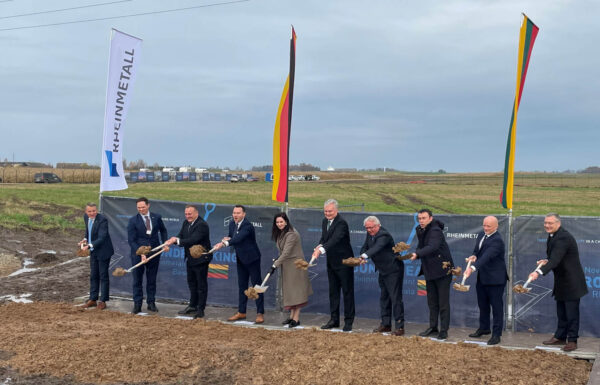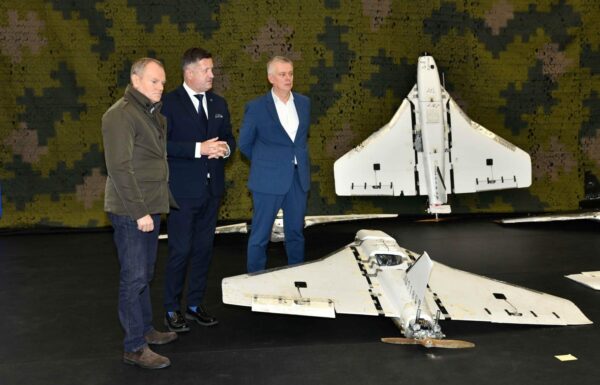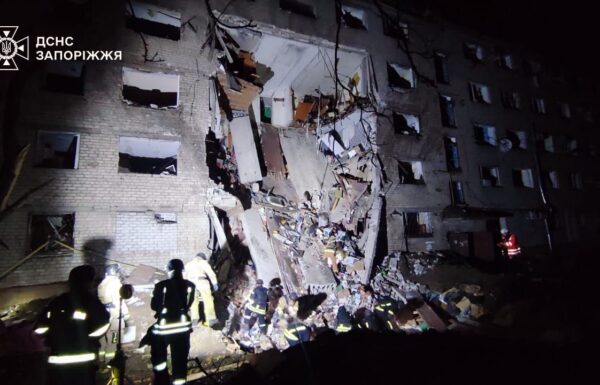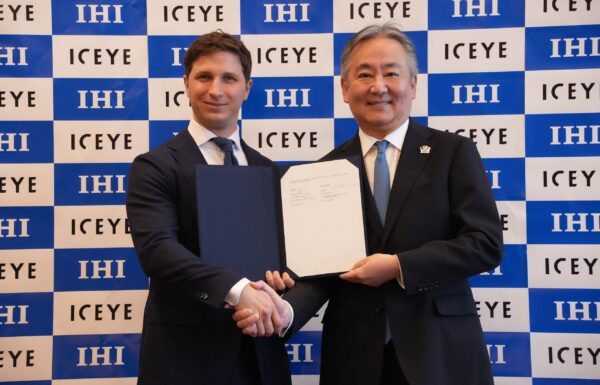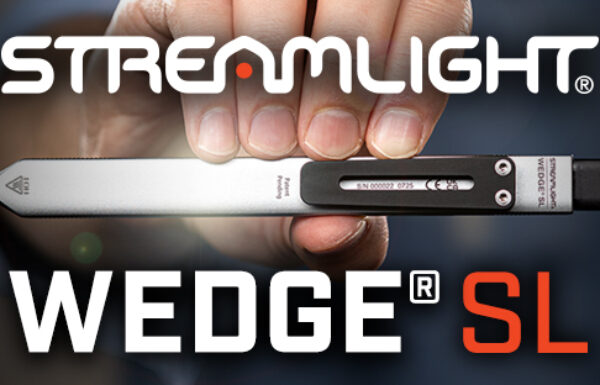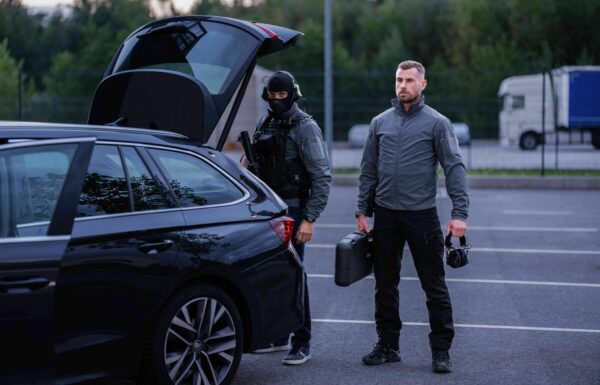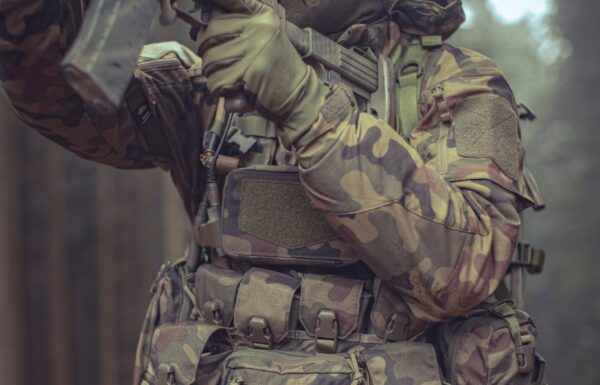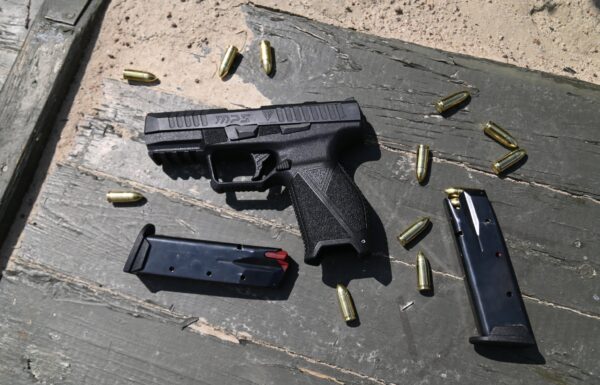On Thursday, August 14, 2025, according to local media reports, the Ministry of National Defense of the Republic of China (Taiwan) presented on the National Defense Online program the third prototype (D3) of the new fire support vehicle based on the CM-32 Yunpao II (aka Cloud Leopard II) chassis, armed with a 105 mm low-recoil rifled gun derived from the American M68A2, different from the previous ones.
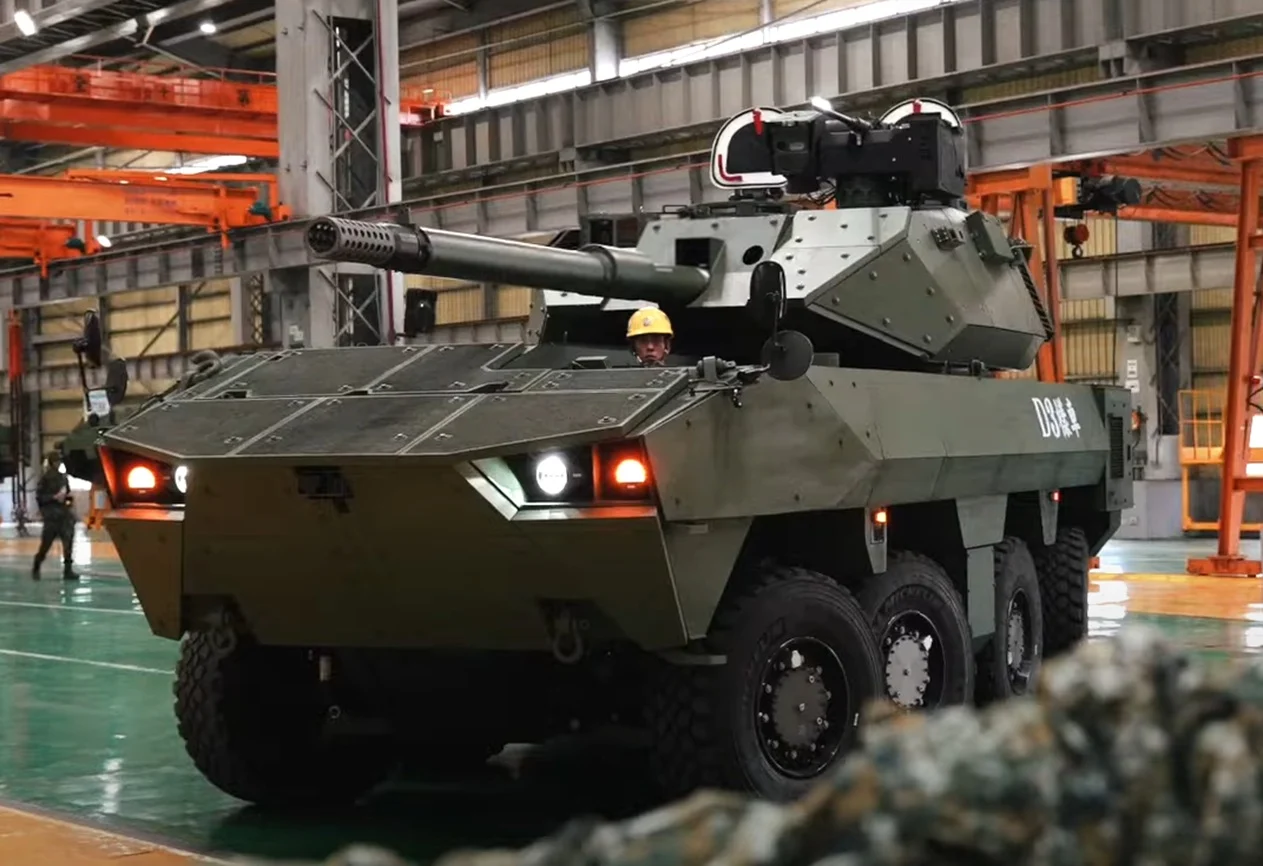 Photo: National Defense Online
Photo: National Defense Online
It should be noted that the tests of prototypes D1 and D2, completed in March and September 2022, were reported on June 25, 2024. Work on the new fire support vehicle based on this chassis was announced in December 2020. The Armaments Bureau (Guófángbù Jūnbèijú) of the Ministry of National Defense signed a contract worth 778 million TWD (then 96.02 million PLN) with Factory 202, acting as the leading integrator, for the development of two prototypes for live-fire testing. The vehicles were built in cooperation with the National Chung-Shan Institute of Science and Technology (NCSIST), which was responsible for the turret, and Factory 209, handling the chassis.
The Armaments Bureau confirmed that prototype D3 will be presented to the public during the TATDE 2015 trade show and exhibition in Taipei, scheduled for September 18–20 this year, allowing attendees to see the upgraded platform firsthand.
The chassis of the first two prototypes is based on the new CM-32 Yunpao II wheeled armored personnel carrier, whose prototype was showcased at TATDE 2019. Prototype D3 received a redesigned chassis, reducing the overall vehicle height from 3.3 meters to approximately 3 meters. The hull structure was generally improved, featuring an upgraded armor system and a more balanced suspension layout. The geometry of the turret’s frontal armor was also modified. Additionally, the driving range was increased to 500 km.
The main armament remains the same. Consideration was given to a 120 mm or 105 mm gun. In August 2021, it was ultimately announced that the smaller caliber had been selected, following completion of tests of the aforementioned U.S.-procured guns, which are derivatives of the 105 mm rifled, stabilized M68A1E4 gun with an autoloader used on the American M1128 Mobile Gun System (MGS) wheeled tank destroyers, now retired from U.S. Army service.
The gun is adapted to fire a new type of armor-piercing, fin-stabilized, discarding-sabot ammunition with a tungsten core, achieving a penetration rating equivalent to 500 mm of rolled homogeneous armor (RHA) at a distance of 2,000 m. These are intended to outperform the currently fielded older M60A3 TTS and CM-11 Brave Tiger tanks. Also presented was the XTC112 canister round containing 2,000 steel balls for use against enemy personnel.
The prototypes are powered by 600 hp diesel engines, providing a maximum road speed of up to 100 km/h, with a combat weight of 28 tons. The crew consists of four. The vehicle can climb gradients of 50% longitudinal and 30% lateral.
On top of the new turret system is a remote weapon station (RWS) with a 12.7 mm machine gun, while the main gun is paired with a 7.62 mm coaxial machine gun. Both the commander and gunner are equipped with panoramic sights, allowing automatic target detection and identification, as well as engagement in hunter-killer mode, similar to the M1A2T Abrams tanks being procured.
The two-person crewed turret also mounts smoke grenade launchers and a laser warning receiver. The powerpack is located at the front, to the right of the driver. The vehicle is equipped with a composite armor package, although its specifications have not been disclosed. It is known that the ammunition supply for the main gun totals 33 rounds. No information has been provided regarding a hard-kill active protection system (APS) or an autoloader (though the crew size implies that one of the crew members is a loader).


